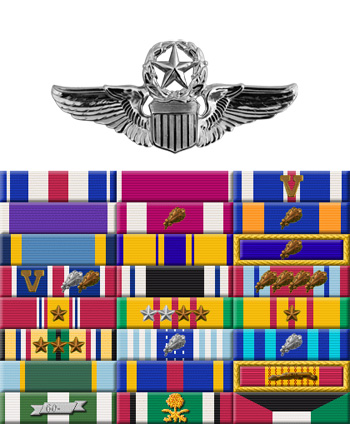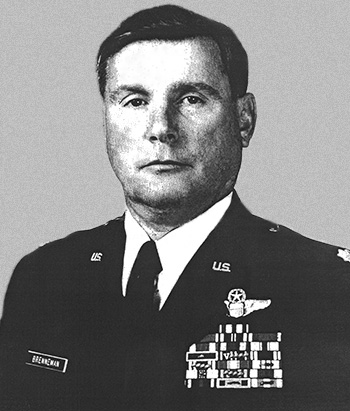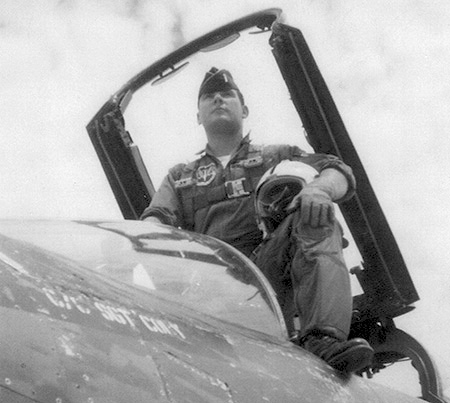
|
Richard C. Brenneman |
 |
|||
| Rank, Service | ||||
Lieutenant Colonel O-5, U.S. Air Force |
||||
| Veteran of: | ||||
|
||||
| Tribute: | ||||
Richard Brenneman was born in 1942 in Mishawaka, Indiana. He was commissioned a 2d Lt in the U.S. Air Force through the Air Force ROTC program at Indiana University on October 1, 1965, and went on active duty beginning October 12, 1965. Lt Brenneman next completed Undergraduate Pilot Training and was awarded his pilot wings at Laughlin AFB, Texas, in October 1966, followed by Pilot/Systems Operator Training and F-4 Phantom II Combat Crew Training before deploying to Southeast asia as an F-4 pilot with the 555th Tactical Fighter Squadron at Ubon Royal Thai AFB, Thailand, in September 1967. He was forced to eject over North Vietnam while flying his 26th combat mission on November 8, 1967, and after spending 1,954 days in captivity, Capt Brenneman was released during Operation Homecoming on March 14, 1973. He was briefly hospitalized to recover from his injuries at Wright Patterson AFB, Ohio, and then served as a T-38 Talon instructor pilot with the 560th Flying Training Squadron at Randolph AFB, Texas, from October 1973 to October 1974. His next assignment was as a T-38 instructor pilot with the 97th Flying Training Squadron at Williams AFB, Arizona, from October 1974 to July 1978, followed by Armed Forces Staff College at Norfolk, Virginia, from July 1978 to May 1979. Col Brenneman's final assignment was to Travis AFB, California, from May 1979 until his retirement from the Air Force on November 1, 1993, and during this time he served as a C-141 Starlifter pilot, Chief of Contingency Operations, and as Chief Instructor Pilot with the 86th Airlift Squadron, and as Chief of Training Productions with the 60th Operations Support Squadron, both under the 60th Airlift Wing. He also deployed to Southwest Asia in support of the Persian Gulf War from January to April 1991. |
||||
|
||||


